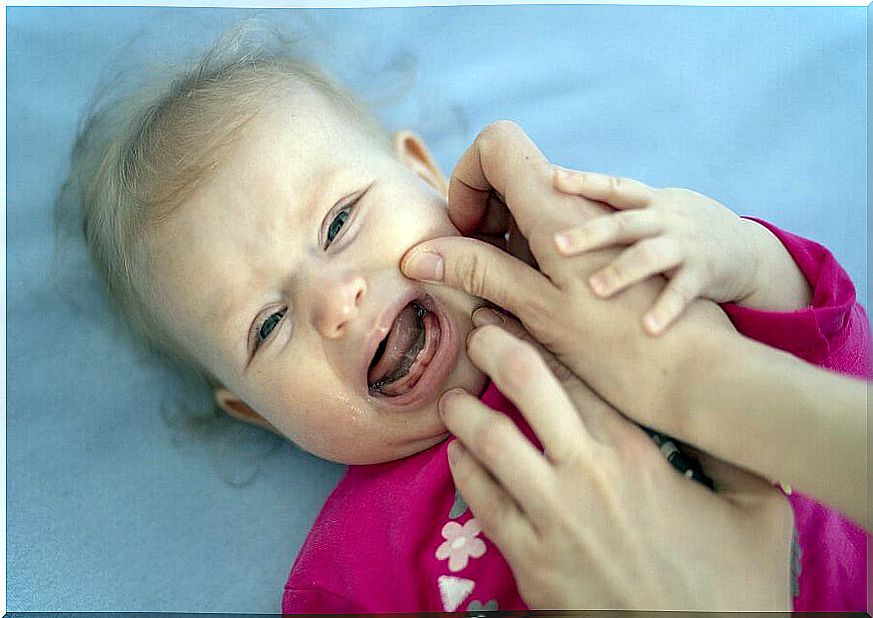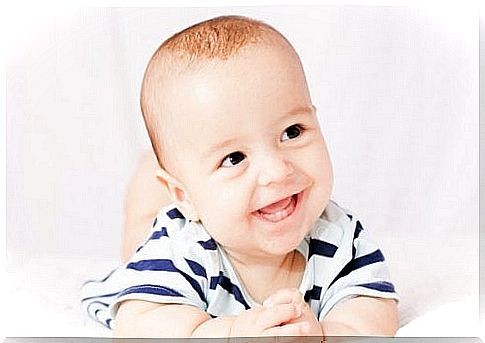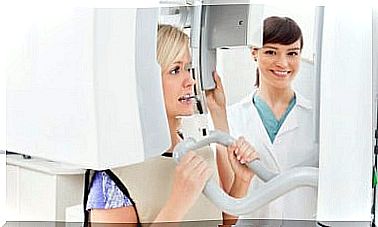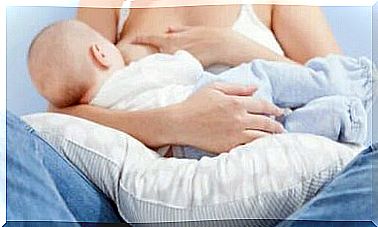Teething In Babies: What To Do To Relieve Pain?

The baby’s smile begins to be painted white . The first teeth appear between the third and sixth month of life. For some little ones, this novelty is just a nuisance that diminishes with mom’s pampering. For others, however, it means discomfort, pain and malaise. How to relieve teething pain in babies?
The pain and discomfort come from gum inflammation. In infant teething, the appearance of the lower incisor teeth may be the first thing to happen.
This process depends on genetic factors or the months of pregnancy that have passed. However, whatever the month, the appearance of teeth can be very irritating for the little ones.
Symptoms of teething discomfort in babies
Tooth pressure on the gums produces a feeling of discomfort that is sometimes difficult to deal with. It often happens that babies touch their gums with their tongues when their first teeth start to emerge.
They sense the inflammation at the same time they feel the pain. For this reason, they often put things in their mouths for relief.
Another sign of teething in babies is the typical “drooling”. This is because the constant movement of the tongue in contact with the inflamed area causes more saliva to be secreted.
In turn, the saliva starts to flow because the little ones have not yet incorporated the reflex of swallowing in a regular rhythm.
Your baby is likely to cry and wake up more often at night during the teething stage. This is because the pain in the gums adopts the heart rhythm. At night and lying down, the throbbing pain tends to intensify.

On the other hand, we must remember that pain can precede the appearance of the first teeth by up to three weeks. Occasionally, inflammation from the appearance of the dental bud causes traces of fever in babies.
Secondary discomfort due to teething in babies
In addition to the pain caused by inflammation, some side effects may arise. The first is that the constant saliva on the chin causes, in a few seconds, the baby ends up drenched.
To solve this type of problem, nothing better than a typical bib and, in addition, wash the chin area to avoid redness. However, it is very likely that other solutions are needed when saliva is abundant.
Second, the baby may have irritated diaper body contact area. This is because the first dentition changes the pH of the saliva. As a result, there is a change in the pH of the urine itself.
So that the skin in contact with urine does not become irritated, it is better to change the diaper whenever it is wet.
how to relieve pain
In addition to the dose of acetaminophen and ibuprofen that pediatricians recommend, there are some homemade tricks as old as the pain itself. These are the best known:
- Gentle massage: while babies still don’t have their motor skills developed, they can’t massage themselves. If the gums are very inflamed, it’s best not to touch them.
- However, if not, you can gently press the area or simply rub it gently with your finger as cold as possible.
- Milk ice cream : whether breast milk or not, the important thing is that the baby enjoys the flavor enough to drink it effortlessly. Ice is the first thing that applies to this type of inflammation.
- Ice cream can be made in ice cube trays or in specific molds.

- Biters: There are new necklaces for moms or dads with teethers included. The specific ones for teething in babies are those that have water and that can be placed in the refrigerator.
- In addition, there are special gels sold in pharmacies that also provide relief for children.
- Wet Frozen Towels: This is a good option for babies who find the commercial teether too hard or uncomfortable.
- Towels are easy to hold, although it’s a good idea to have some dry so your hands don’t get cold.
Final considerations
Teething in babies appears symmetrically between the upper and lower gums. It starts before six months and ends at two years old, with second molars.
Although pain and discomfort are normal during this stage, you should always be alert to other symptoms.
Fever above 38°C should be controlled by specialists, as should any baby behavior that parents interpret as unusual.









